When upgrading or designing a restroom, you’ve to carefully decide on the type of urinal to install. But it’s not so easy to make up your mind with so many variations out there.
We’re here to help! Here you’ll find all types of urinals that can be found today. See which type suits your project best!
11 Different Types of Urinals You Should be Familiar with
1. Trough urinal
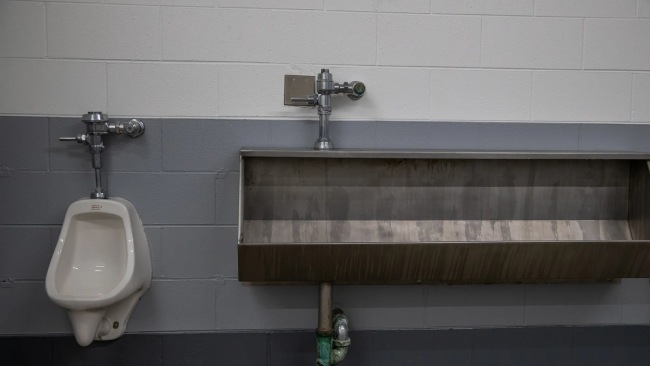
Trough urinals look like animal feeders – the very reason they have this name. Used mainly for commercial washrooms, they are a great economical choice when saving on your plumbing cost and space. These types of urinals can accommodate a maximum of eight users simultaneously.
Materials
- Stainless steel, porcelain
Features
- Only requires one plumbing connection
Pros
- Cheap
- Durable
- Easy to install
- Best suited to crowded establishments
Cons
- Low privacy
- Visually not pleasing
- Difficult to remove odor
- Less hygienic
2. Corner urinal
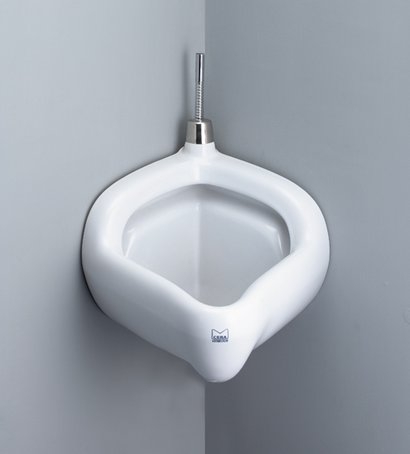
Corner urinals are also known as flat back urinals designed to fit in the corner of the wall. They are another great space-saver but can only be used in the corner and nowhere else.
Materials
- Ceramic, stainless steel
Features
- Smooth finishing
- Crack resistance
- Flexible
- Attractive design
Pros
- Saves space and water
- Eco-friendly
- Stylish look
- Economical
Cons
- Difficult to install
3. Waterless urinal
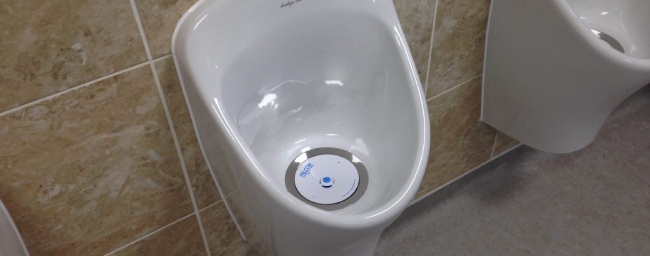
Waterless or pint flush urinals are mainly male urinals designed for saving water. There are four types-
a) Liquid sealant
This type uses cartridges to trap urine and odor. The gravity of the liquid sealant is lower than urine. The sealant stays on top and creates a blockage between the drain and the bowl of the urinal that helps hold back urine and remove the smell.
b) Integrated traps
A little different from the liquid sealant type, they have to be flushed every two to four weeks with several liters of water at high pressure.
c) Membrane traps
Also named one-way valves, you can open them in only one direction to allow the urine to flow through. It stops the smell from the drain from returning into the urinal bowl.
d) Biological blocks
These blocks can be placed within a dome that “feed” on urine to prevent the odor.
They require a lot of cleaning and every bio-block lasts around 200 uses. As a result, you need to replace these blocks frequently.
Material
- Porcelain, plastic, stainless steel, and cement
Features
- Uses gravity to eliminate all of the liquid waste
- Doesn’t require any flushing system
Pros
- Eco-friendly
- Reduces odor
- Saves money
- Easy installation
- Excellent for exposed and outdoor bathrooms
Cons
- Requires frequent cleaning
- Urine may splashes back
- Not highly acceptable and recognized
- The fit of the waterless urinal isn’t universal
4. Stall urinal
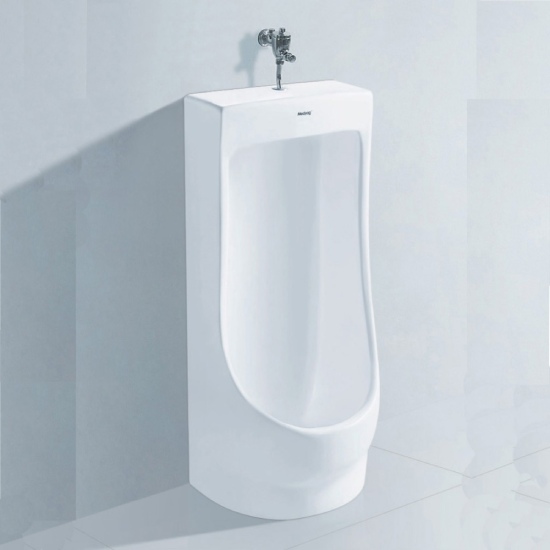
A stall urinal is supported by either the flange or the floor. There are two types-
a) Half stall urinal
A half stall urinal is supported by the flange.
b) Full stall urinal
A full stall urinal is supported by the floor.
Material
- Ceramic
Features
- External trapway
- Full-length sidewalls
Pros
- Easy to clean
- Great for handicapped people
Cons
- Expensive
5. Sensor urinal
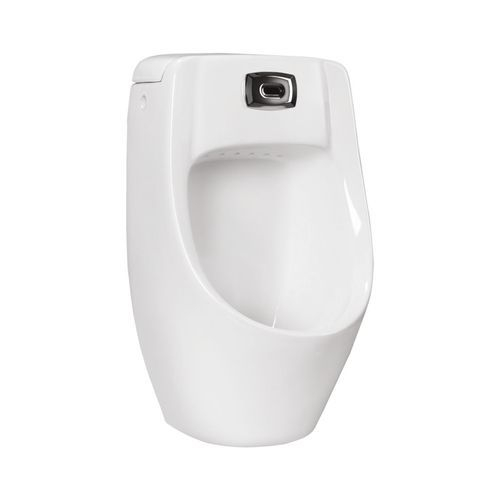
You will often see this kind of urinal in busy areas like shopping centers and airports for good reason – the sensor flushes automatically after every use and saves time this way. You will not find a more hygienic urinal on the market.
Material
- Ceramic
Features
- Automatic water-flushing
- Identifies human activities by blinking or flashing
- Durable
Pros
- Convenient to use
- Less water consumption
Cons
- Difficult to install
- Expensive
6. Bucket Urinal
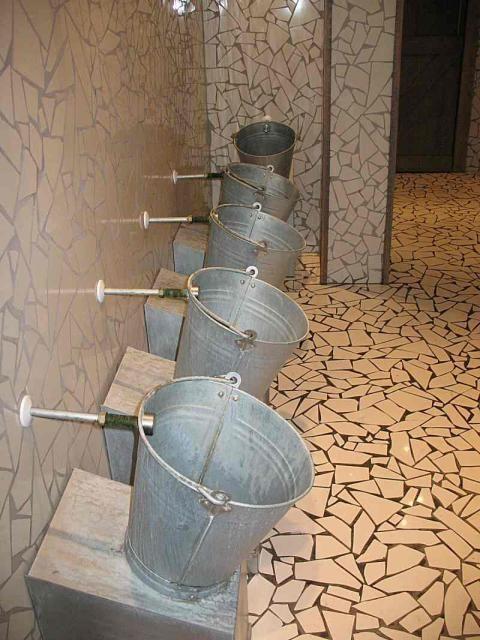
This is the oldest urinal that has been in use for ages. There are some places where you will get a real bucket as a urinal. This bucket-turned-urinal has its own drains and spouts.
Material
- Porcelain, plastic, metal, and polished wood
Features
- A variety of shapes and designs
- Versatile
Pros
- Easy to install
- Affordable
Cons
- Not hygienic
- Rarely in use today
7. Flat back urinal
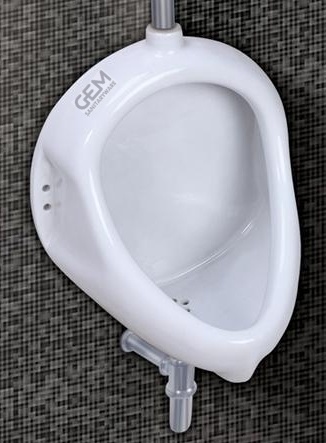
Designed to fit in a flat bathroom wall with a screw, many bucket urinals are considered flat back urinals these days.
Material
- Ceramic
Features
- Lightweight
- Small in shape
- Glossy look
Pros
- Durable
- Easy to install
- Great finishing
Cons
- Expensive
8. Squatting urinal
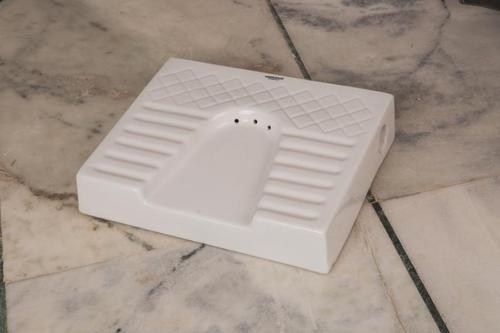
A squatting urinal is so short that it is nearly a part of the floor it mounts on. Mainly for women, it is designed to evade urine splashing in a complete squat position.
You will find this urinal in public washrooms, which are frequently used all throughout the day and draw a large number of visitors, especially in places like theaters, stadiums, and universities.
Material
- Porcelain, stainless steel, fiberglass, concrete, ferrocement, plastic, and wood covered with linoleum
Features
- Bounds on a section of the floor
- Complete squat position
- Durable
Pros
- No urine splashes
- Affordable
- More hygienic to use
Cons
- Not appropriate for the elderly
9. Urinals for children
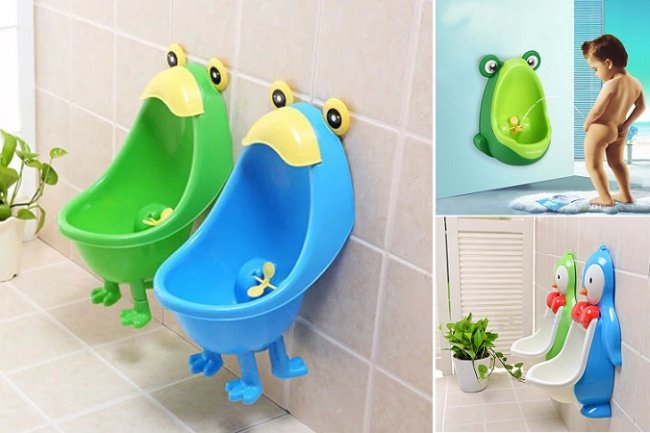
Children’s urinals are not much different from the other types of urinals other than their design. Most come with vibrant colors and cartoon shapes so kids are attracted to using them.
Material
- Plastic
Features
- Strong suction cups
- Portable hook
- Pinwheel spinner in the middle of the urinal
Pros
- Easy to install
- Glowing, colorful, and kid-friendly design
- Adjustable height
Cons
- Difficulty in cleaning
10. Against-the-wall urinal
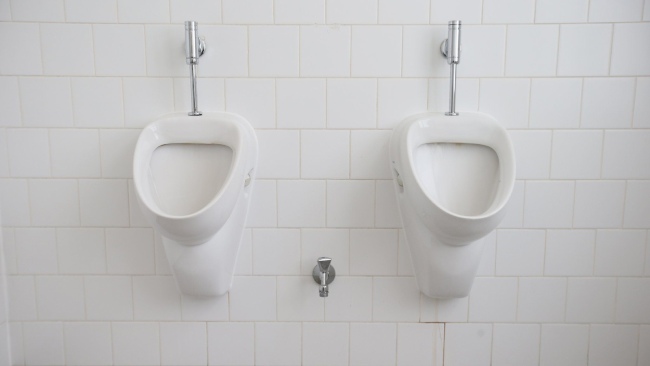
The against-the-wall or slab urinal has a drain located at the foot level or the underneath foot level. The user has to guide their streams against the backing surface, and gravity guides the streams to the floor where the drain gathers them. Large porcelain chunks are used in fitting the urinal together.
Material
- Porcelain
Features
- Several variations
- All the sections are big and share a drain
- Suits lavish bathrooms
Pros
- Visually pleasing
- Looks simple
- More floor space
Cons
- Hard to install
- Adjustments are required as time goes by
11. Portable urinal
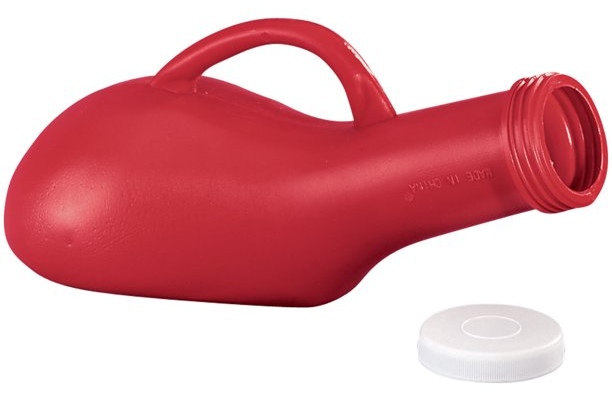
You can carry these types of urinals anywhere and everywhere. They are mainly for outdoor use but you may need them in the house when somebody is sick. That is why they are also known as bedside urinals.
There are different designs for males and females. Female portable urinals have become more and more famous in recent times.
Portable urinals were not taken seriously at first and many made fun of them. But things have changed over the years and now they have become an integral part of outdoor enthusiasts where answering nature’s call is not often hygienic.
Material
- Plastic
Features
- Extremely versatile
- Durable
Pros
- Inexpensive
- Handy for females for outdoor use
- Allow to pee standing up
Cons
- Needs to be cleaned frequently
- Requires extra storage
Things to Consider When Buying a Urinal
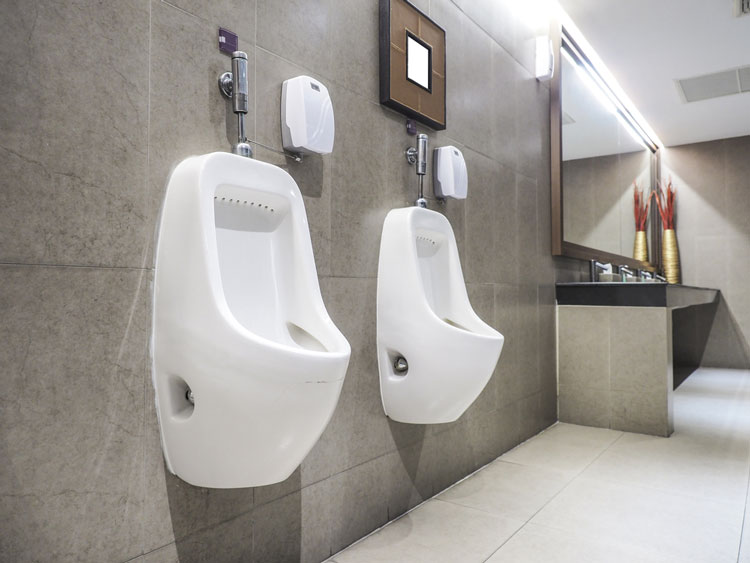
Assess the space
-
Homes & bathroom remodel
Before purchasing a urinal for your house and planning a bathroom remodel, we strongly suggest that you assess the available space. Make sure to measure the space so you don’t buy a urinal that won’t fit in your bathroom.
-
Commercial spaces
Smaller urinals will be quite useful for commercial spaces. Make sure that urinals are not put too close to each other as they can be uncomfortable for the people.
Material
-
Stainless Steel
Highly resistant to corrosion, this material is generally related to the trough urinals. However, sometimes you can find it in the bowl urinals as well.
-
Ceramic
This is the most commonly used material for urinals, including those built from porcelain or vitreous china. Ceramic is pretty durable, waterproof, simple to maintain, and comes in a wide range of styles and colors to choose from.
Installation requirements
-
Floor-mounted
In this installation process, pipes are mounted on the ground and the drain is situated below the soil. The urinal is linked to these pipes and is set along the wall of a bathroom.
-
Wall-mounted
The pipes and drains are situated within the walls of a bathroom. The urinal will be installed straight to the wall, leaving a little space between the lower part of it and the floor.
Making the case for larger urinals
Larger urinals are more likely to capture the urine and you will get improved accuracy. They are less messy, more convenient to use and have the prospect of improving the feeling of privacy.
Handless or sensor flush urinals for hygiene
You can use handless or sensor flush urinals if you want a more hygienic option. These either have a sensor that can tell whenever you are finished and flush automatically when required, or a timer that automatically flushes the urinal at predetermined intervals.
Aesthetics
When it comes to aesthetics, there are several designs and styles to pick from that can match your personal favorite. You can pick a wall-mounted urinal that sets a modern approach to the design of your washroom or a floor-mounted urinal that can help you to concentrate on your aim.
WaterSense certified
If reducing water consumption is a top priority for you, then you can get urinals that have been certified by the EPA’s WaterSense program. With low gallons per flush, any urinals with a WaterSense label have gone through rigorous testing and have been authorized to be water-efficient.
Ease of cleaning
The flush category, form and features of your urinal will determine how simple the cleaning process will be. Waterless urinals usually require frequent cleaning. As flush urinals get flushed with water all over the day, the cleaning procedure can be a little simpler.
Cost
There is not much difference between the price of a typical toilet and the price of a urinal. This can be as low as $100 for a basic flushing urinal or can run up to more than $1,000 for urinals with better materials and designs.

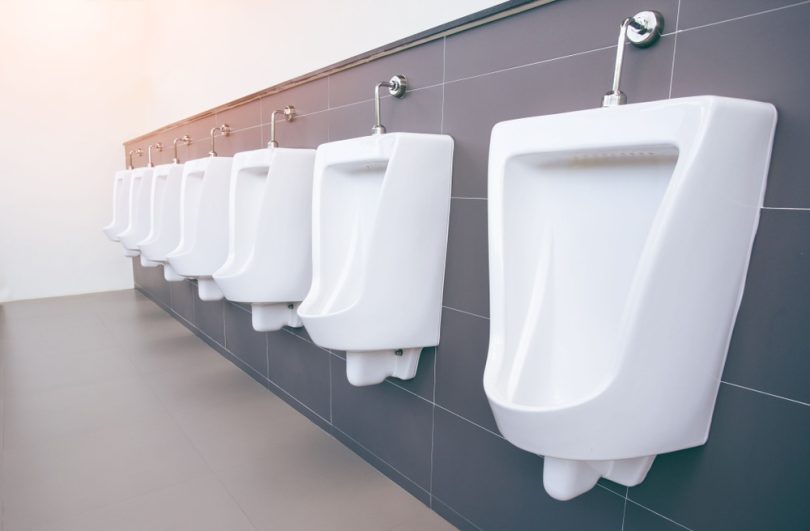






Leave a Comment